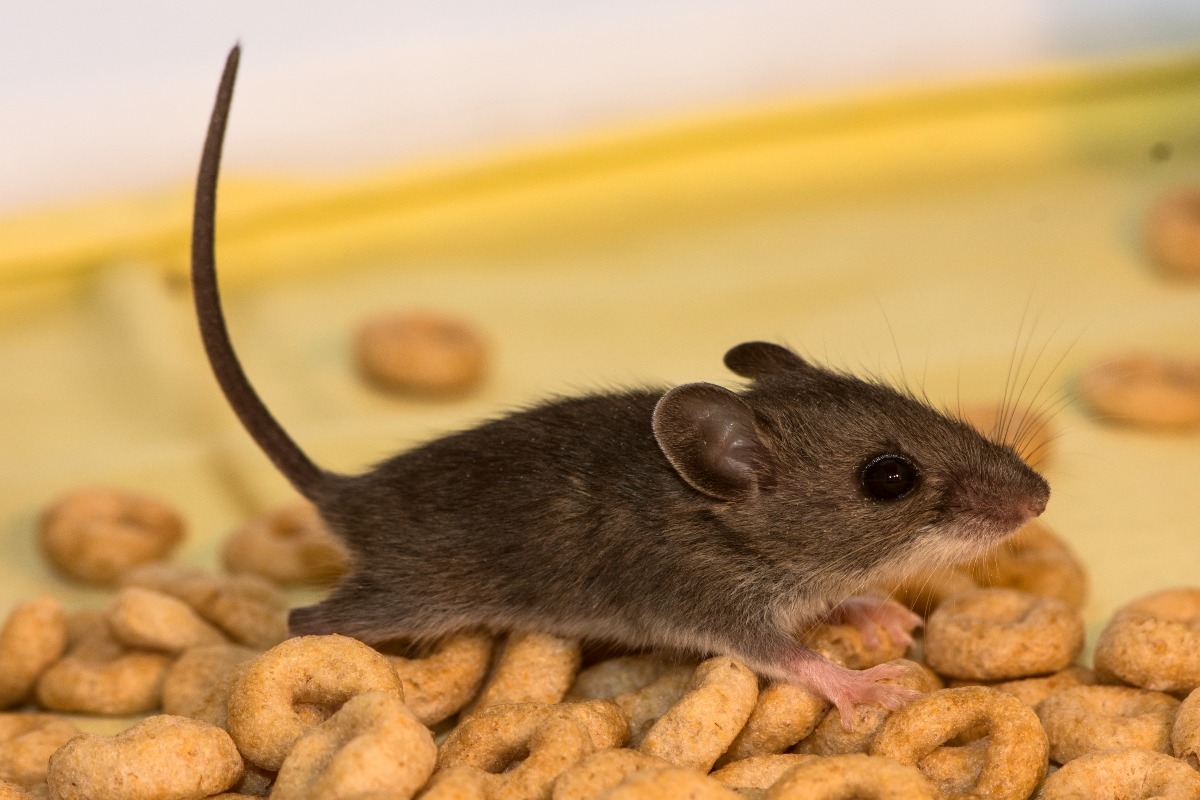Rats are accountable for the transmission of many diseases. Due to their destructive feeding habits and irritating nesting behaviours, rats can destroy the structure of infested buildings.
Rats tend to hide. Their droppings indicate a healthy, feeding rat population. Rats leave grease marks or dirt along walls and floorboards.
When you are not sure, it is better to call commercial pest control services. The rodents dwell in burrows found in grassy embankments at the edges of paving and drain covers and beneath the roots of trees.
Mouse pest control cleans your lofts, attics, other dark, infrequently visited locations, and beneath floorboards to detect roof rats.
As per rodent pest control, rats gnaw incessantly on materials like wood and plastic. The presence of large holes and damaged materials in walls and floorboards are sure signs of infestation. Their teeth marks are large and rough.
In case of an infestation, it is best to consult a professional rodent removal company. Although you can try DIYs, they do not prove effective in the face of an infestation. More so, the species tend to avoid unknown objects in their established foraging paths, rendering many traps initially ineffective.
Rats are one of the most formidable pests in the world. They contaminate food and damage human health.
How to identify the species?
Norway rats or brown sewer rats are identifiable by their grey-brown, and stocky bodies. Their tails are shorter compared to body length and their eyes and ears are small enough.
Rodents pest control detects them in gardens and fields, and beneath trash, building foundations, or woodpiles. They line their nests with fibrous materials, like cloth and shredded paper.
Roof rats or black rats build nests above ground and inhabit trees, shrubs, and dense vegetation. In domestic environments, they find secure, and elevated places like walls, attics, cabinets, and sheetrock ceilings. They enter homes through trees close to eaves or windows. The species is usually found in warmer climates along the coast.
Rats are larger than mice. However, both rodents can chew through hard, wooden surfaces, but their teeth marks are larger than those of mice.
Diseases Directly and Indirectly Transmitted by Rats
- Hantavirus Pulmonary Syndrome
- Leptospirosis
- Rat-bite Fever
- Salmonellosis
- Plague
- Colorado Tick Fever
- Cutaneous Leishmaniasis
With their large teeth, they administer painful bites. Residential pest control avoids people and prefers to be active at night. They lunge and bite to defend themselves. Their saliva carries hazardous diseases, like leptospirosis and Hantavirus. In some cases, rat-bite victims contract rat-bite fever. The victims are also susceptible to tetanus infections.
Rat bites
Rat bites could be deep or shallow. They display single puncture wounds or multiple abrasions. Victims may have bleeding. Although infections are rare, rodent bites are promptly cleaned and disinfected. Tetanus immunization is needed.
The presence of dead or living rats is a sure sign of rat infestation. Dead rats generate a foul smell. It could be difficult for you to dispose of their bodies. Professionals use a dead rat odor eliminator and ask persons bitten by a rat to seek a medical professional.
Signs and Symptoms of rat bites
The most common symptoms of a rat bite are redness, pain, swelling around the bite. Pus-filled wounds take place in case of secondary infection. Other symptoms of rat bites are associated with bacterial infections known as spirillary rat-bite fever and streptobacillary rat-bite fever.
Vomiting, muscle ache, fever, joint pain, headache, and rash are common symptoms of streptobacillary rat-bite fever. These symptoms usually occur 3-10 days after a person gets an infected rat bite.
Signs of spirillary rat-bite fever may alter from case to case. The repetitive fever, swelling, an ulcer at the site of the bite, rash, and swollen lymph nodes may occur one to three weeks after one gets a bite by an infected rat.
However, mice and rats are very rarely infected with rabies. Their bites do not transmit this disease to humans. You must seek professional medical attention or advice whenever bitten by an animal.

